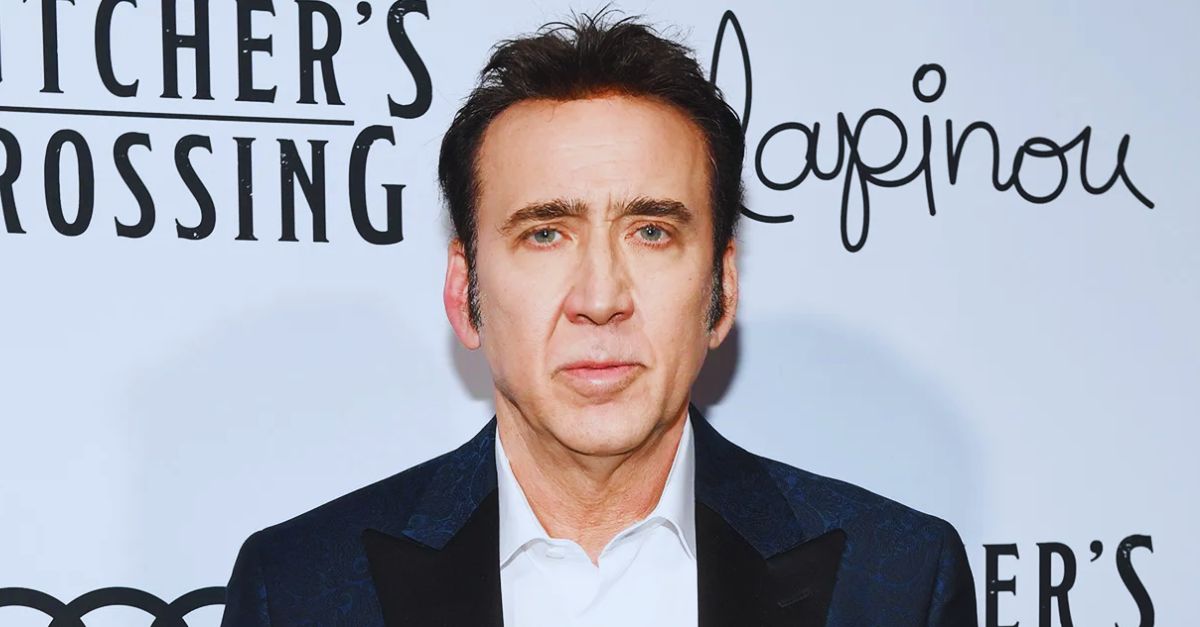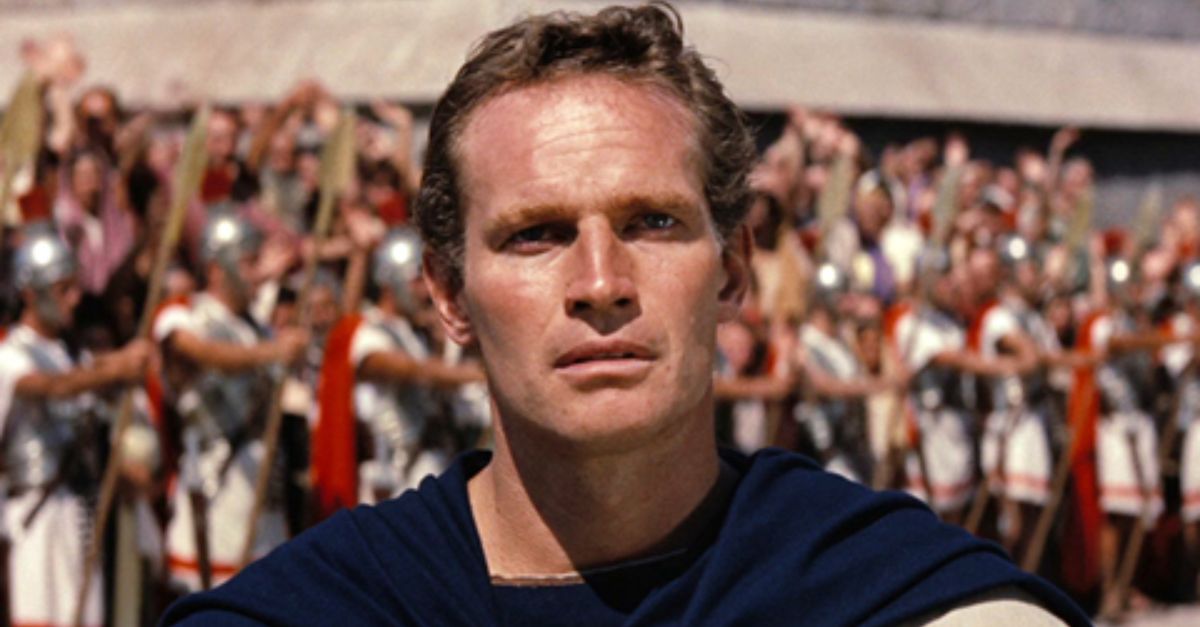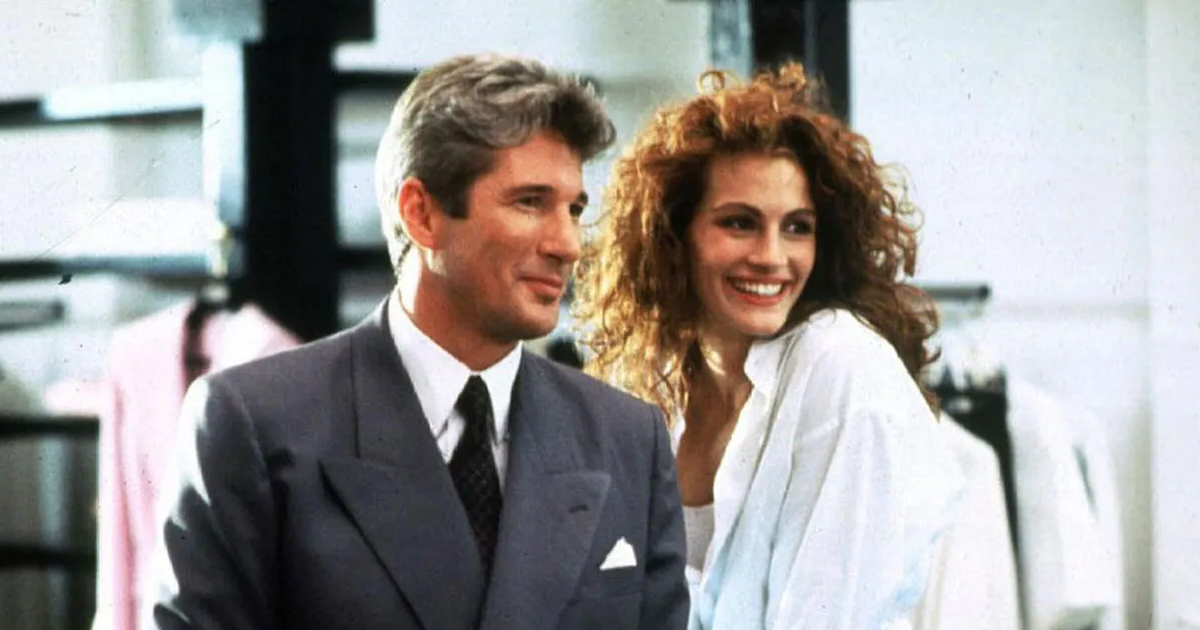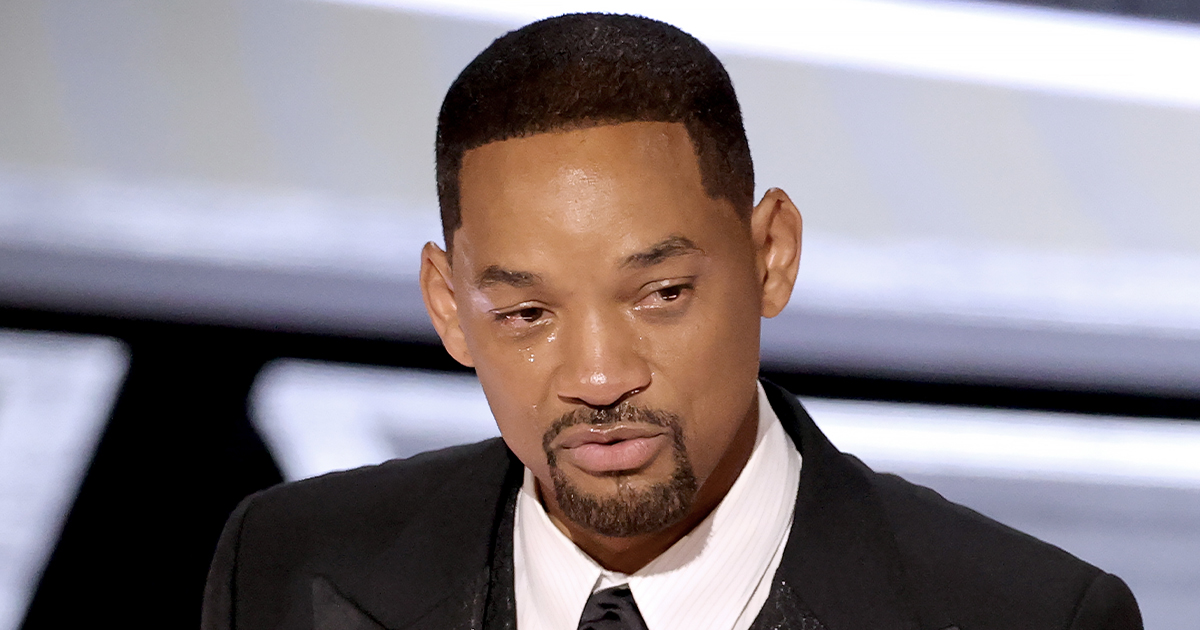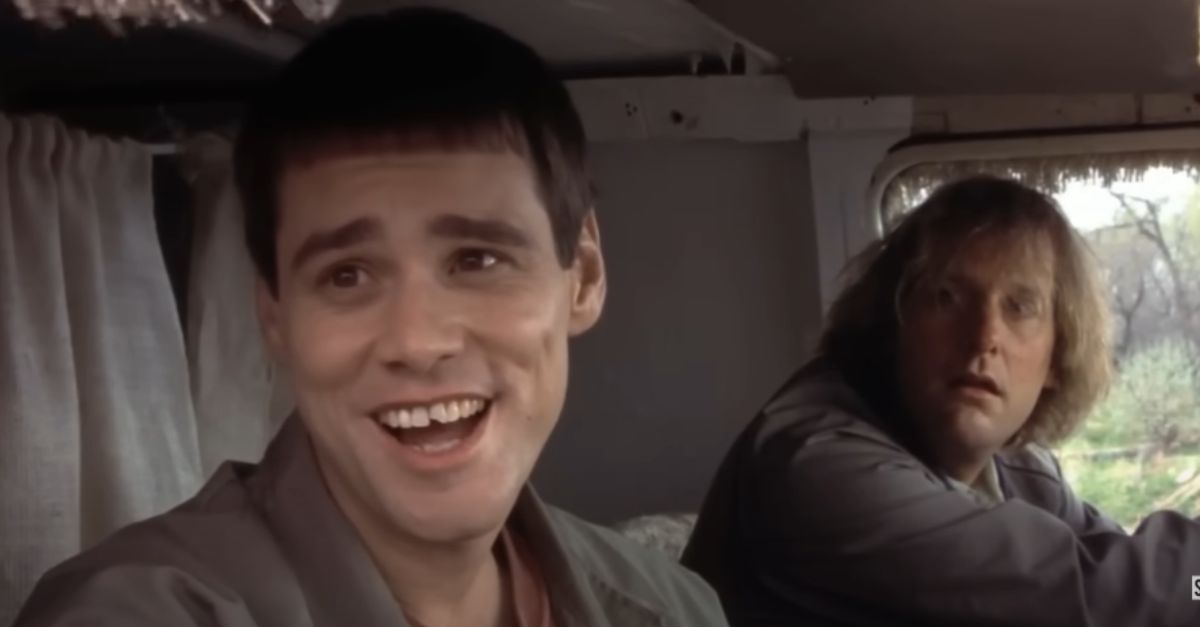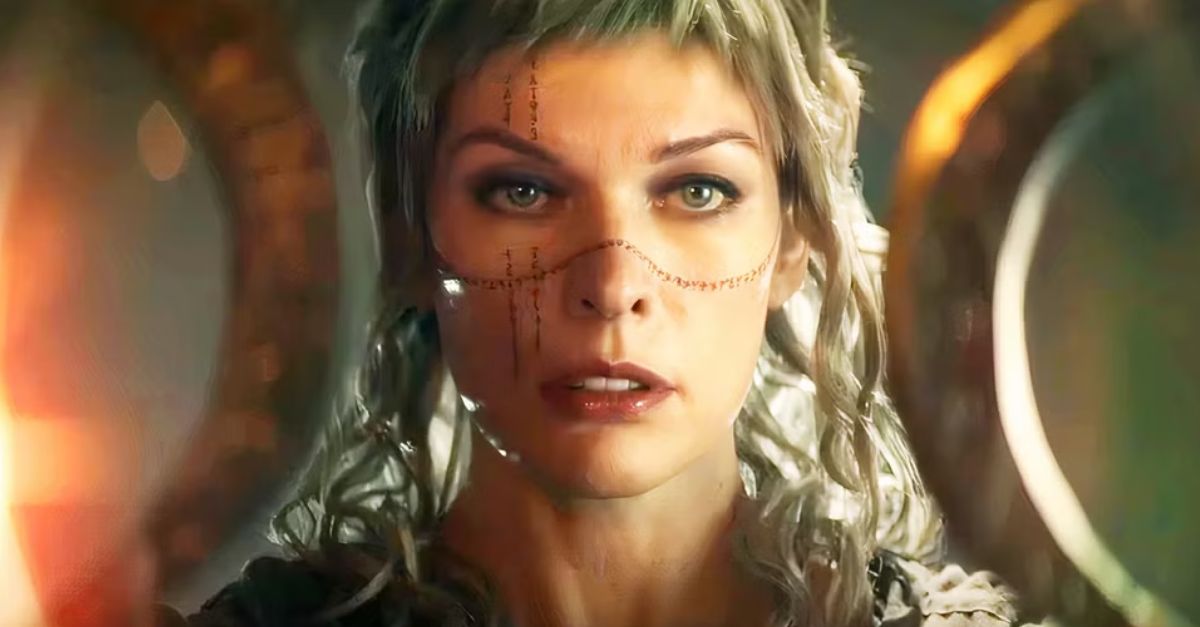Eccentric Equals Success
The entertainment industry thought it knew what audiences wanted. Pretty faces selling dreams on silver screens. Then a bunch of unconventional performers proved that charisma comes in all shapes and sizes.

Danny DeVito
Standing at just 4'10", this actor’s diminutive stature initially seemed like an insurmountable barrier in image-conscious Hollywood. After graduating in 1962, he worked as a cosmetician before enrolling at New York's American Academy of Dramatic Arts to study cosmetology, but fell in love with acting instead.
 Gage Skidmore from Peoria, AZ, United States of America, Wikimedia Commons
Gage Skidmore from Peoria, AZ, United States of America, Wikimedia Commons
Danny DeVito (Cont.)
It all began for him with the role of Louie De Palma, the cynical taxi dispatcher in Taxi, from 1978 to 1983, which earned him critical acclaim. Throughout the 1980s, DeVito maintained his status as a character actor with memorable roles in Romancing the Stone and Ruthless People.
 Walt Disney Studios Motion Pictures, Ruthless People (1986)
Walt Disney Studios Motion Pictures, Ruthless People (1986)
Willem Dafoe
Dafoe was raised in Appleton, Wisconsin, by his parents, Muriel Sprissler (nurse) and William Dafoe, a surgeon, in a middle-class household that seemed far removed from his future as Hollywood's go-to intense character actor. In 1979, he was given a role in Michael Cimino's notorious Heaven's Gate.
 Harald Krichel, Wikimedia Commons
Harald Krichel, Wikimedia Commons
Willem Dafoe (Cont.)
From this, Defoe was fired during production—an early indication that his unconventional energy didn't fit traditional Hollywood molds. His first true leading role was in The Loveless (1982), a biker drama that showcased his intense on-screen presence. He went on to build a distinguished career.
 Atlantic Entertainment Group, The Loveless (1982)
Atlantic Entertainment Group, The Loveless (1982)
Lakeith Stanfield
About Stainfield, his performances felt too quirky for serious drama, too intense for comedy, and too unconventional for traditional leading-man roles in mainstream Hollywood. Stanfield's gangly frame, unpredictable energy, and refusal to fit any recognizable "type" confused agents and casting directors.
Lakeith Stanfield (Cont.)
This uncategorizability initially seemed like a career liability, but filmmakers soon realized that Stanfield's shape-shifting abilities were unprecedented. Each role showcased a completely different persona, from surreal comedy to historical drama. He gained recognition for roles in well-known films like Selma.
 Paramount Pictures, Selma (2014)
Paramount Pictures, Selma (2014)
Philip Seymour Hoffman
Physical appearance worked against Philip Seymour Hoffman. Why? Due to his pudgy, balding, and perpetually sweaty appearance. He looked nothing like a conventional leading man. Early casting directors saw him only as "the fat guy" or villainous character actor, unable to envision him carrying dramatic films.
 Justin Hoch photographing for Hudson Union Society, Wikimedia Commons
Justin Hoch photographing for Hudson Union Society, Wikimedia Commons
Philip Seymour Hoffman (Cont.)
Hoffman's acting in Capote silenced every doubter when he completely disappeared into Truman Capote's distinctive persona. His Oscar-winning performance required him to master Capote's unique voice, mannerisms, and psychological complexity. The role proved that total commitment to character could transcend physical limitations.
Nicolas Cage
Born Nicolas Kim Coppola, the nephew of Francis Ford Coppola, he deliberately changed his surname to "Cage" early in his career to forge his own reputation without relying on family connections. He dropped out at seventeen and briefly worked selling popcorn at the Fairfax Theater.
 nicolas genin from Paris, France, Wikimedia Commons
nicolas genin from Paris, France, Wikimedia Commons
Nicolas Cage (Cont.)
His unconventional approach to method acting reached extreme levels when he smashed a street vendor's remote-control car to achieve the rage needed for his gangster character in The Cotton Club. Despite early success, Cage was once considered one of Hollywood's highest-paid actors.
 MGM Studios, The Cotton Club (1984)
MGM Studios, The Cotton Club (1984)
Helena Bonham Carter
Industry typecasting nearly destroyed Bonham Carter's career before it began. After her superb performance in A Room with a View (1985), she was repeatedly cast as an "English rose" in period dramas, a label she despised and fought against throughout her early career.
 Curzon Film, A Room with a View (1985)
Curzon Film, A Room with a View (1985)
Helena Bonham Carter (Cont.)
At age thirteen, Carter used poetry contest winnings to keep her photo in the casting directory Spotlight. Her unconventional path included being rejected from King's College, Cambridge, because officials feared she'd leave mid-term for acting. She went from being a corset queen to Tim Burton's eccentric muse.
 www.lancashire.gov.uk, Wikimedia Commons
www.lancashire.gov.uk, Wikimedia Commons
Tilda Swinton
Born into Scottish aristocracy with a lineage traceable to the 9th century, Katherine Matilda Swinton rejected conventional expectations. Her father was a retired major-general and Lord Lieutenant of Berwickshire, while her mother was Australian, hardly the background for experimental avant-garde cinema.
 Al from Edinburgh, Scotland, Wikimedia Commons
Al from Edinburgh, Scotland, Wikimedia Commons
Tilda Swinton (Cont.)
Her collaboration with gay experimental director Derek Jarman from 1985 to 1993 produced seven amazing films, including Caravaggio (1986) and Edward II (1991). Swinton’s breakthrough came with Orlando (1992), playing Virginia Woolf's gender-shifting protagonist across centuries. She stood 5'11" with alabaster skin and striking androgynous features.
 British Film Institute, Caravaggio (1986)
British Film Institute, Caravaggio (1986)
Joaquin Phoenix
Mental health struggles and family tragedy shaped Phoenix long before Hollywood knew his name. As a part of the controversial Children of God religious cult, he originally changed his name to "Leaf" to match his siblings' nature-themed monikers, desperately seeking normalcy within an abnormal childhood.
 Harald Krichel, Wikimedia Commons
Harald Krichel, Wikimedia Commons
Joaquin Phoenix (Cont.)
After his brother River died in 1993, Phoenix channeled his pain into increasingly intense performances, earning his first Oscar nomination for Gladiator (2000). This man’s method acting reached extremes, including losing over fifty pounds for Joker (2019) and his infamous 2008 David Letterman appearance.
 Warner Bros. Pictures, Joker (2019)
Warner Bros. Pictures, Joker (2019)
Crispin Glover
Crispin Hellion Glover's stunning role as George McFly in Back to the Future (1985) was almost his last major Hollywood film. His eccentric behavior and artistic integrity clashed so violently with studio expectations that he was replaced in the sequels, effectively limiting his access to mainstream projects.
 United International Pictures (UIP), Back to the Future (1985)
United International Pictures (UIP), Back to the Future (1985)
Crispin Glover (Cont.)
He had inherited both talent and unconventional sensibilities. Glover’s post-Hollywood career included directing surreal experimental films and touring with multimedia presentations that challenged audiences' comfort zones. While mainstream Hollywood rejected his weirdness, cult audiences looked at Glover as a fearless artist.
 Thomas Attila Lewis, Wikimedia Commons
Thomas Attila Lewis, Wikimedia Commons
John Turturro
Turturro's intense, neurotic energy initially felt too specific for mainstream Hollywood success. Born in Brooklyn to Italian immigrants, his theatrical background and Method training crafted a distinctive screen presence that casting directors struggled to categorize beyond “ethnic character actor”.
 Kevin Payravi, Wikimedia Commons
Kevin Payravi, Wikimedia Commons
John Turturro (Cont.)
His breakthrough came with Five Corners (1987), followed by a legendary collaboration with Spike Lee in films like Do the Right Thing (1989) and Jungle Fever (1991). The Coen Brothers recognized his unique gifts, giving him a role in Miller's Crossing (1990) and Barton Fink (1991).
 20th Century Studios, Barton Fink (1991)
20th Century Studios, Barton Fink (1991)
Gary Busey
That wild, unpredictable behavior and manic energy made casting directors nervous long before Busey’s 1988 motorcycle accident. The skull-fracturing motorcycle crash fundamentally altered the star’s brain chemistry, making his already eccentric personality even more unfiltered and bizarre.
 Photographer JessicaPinney, portfolio, Wikimedia Commons
Photographer JessicaPinney, portfolio, Wikimedia Commons
Gary Busey (Cont.)
What Hollywood feared would end his career instead formed an unforgettable character actor whose brain injury enhanced his manic intensity. Despite concerns, Busey’s remarkable talent and compelling performances in films like The Buddy Holly Story, Lethal Weapon, and Point Break ensured steady work.
 Warner Bros., Point Break (1991)
Warner Bros., Point Break (1991)
Paul Giamatti
This man looked nothing like a movie star—short, balding, pudgy, with a nasal voice and perpetually rumpled appearance that screamed “character actor”. Critics literally called him "the cinematic equivalent of junk mail," and his schlubby everyman look seemed to guarantee he'd never carry a romantic lead.
 Montclair Film, Wikimedia Commons
Montclair Film, Wikimedia Commons
Paul Giamatti (Cont.)
Yet Sideways proved that audiences craved authenticity over conventional handsomeness, with Giamatti's neurotic vulnerability becoming unexpectedly attractive. His portrayal of a depressed, wine-obsessed writer changed cinema's definition of leading men. The role proved that relatability and emotional honesty could be more compelling than traditional looks.
 Searchlight Pictures, Sideways (2004)
Searchlight Pictures, Sideways (2004)
Michael Shannon
Talk about a star whose face seemed perpetually on the verge of explosion. His deep-voiced delivery suggested barely controlled violence or madness lurking beneath the surface. Shannon's towering 6'3" frame, piercing stare, and barely contained psychological intensity made him genuinely unsettling to watch.
Michael Shannon (Cont.)
This naturally terrifying presence initially limited Shannon to villain roles and disturbed characters in experimental theater. Revolutionary Road proved that his weird energy could create Oscar-worthy dramatic moments, not just scares. Shannon's ability to personify genuine psychological instability made people uncomfortable in all the right ways.
 Paramount Pictures, Revolutionary Road (2008)
Paramount Pictures, Revolutionary Road (2008)
Rami Malek
Mr Robot converted Malek's naturally anxious, bug-eyed intensity into the perfect portrayal of a paranoid hacker. His awkward social energy and appearance became strengths rather than limitations. Modern audiences connected with outsider protagonists. Besides, he won an Oscar for his Freddie Mercury.
 USA Network, Mr. Robot (2015-2019)
USA Network, Mr. Robot (2015-2019)
Rami Malek (Cont.)
In the start, Malek's prominent, bulging eyes and angular, asymmetrical face gave him a look that was perpetually startled or alien. His Egyptian features and bone structure relegated him to villain roles and "exotic" characters, as casting directors couldn't envision him as a traditional leading man.
Christopher Walken
Dance studios don't typically produce intimidating screen villains. Yet, Walken's early ballet and jazz training at New York's Professional Children’s School seemed to disqualify him for tough-guy roles. His theatrical background and unusual speech patterns made casting directors wonder if he was too artsy for gritty cinema.
 By Tabercil, Wikimedia Commons
By Tabercil, Wikimedia Commons
Christopher Walken (Cont.)
Thanks to The Deer Hunter, it proved that Walken's voice and unpredictable energy could create brilliant characters rather than comedic distractions. His Oscar-winning performance as troubled veteran Nick Chevotarevich required extreme commitment, such as consuming only bananas, water, and rice for a month.
 Universal Pictures, The Deer Hunter (1978)
Universal Pictures, The Deer Hunter (1978)
John C Reilly
With a cherubic face and naturally gentle demeanor, he was believed to be miscast for the gritty dramas and 90s action films. His physical appearance, marked by a softer, approachable look with scruffy hair and expressive features, contrasted with the heroic archetypes popular in that era.
 Georges Biard, Wikimedia Commons
Georges Biard, Wikimedia Commons
John C Reilly (Cont.)
Yet Paul Thomas Anderson recognized Reilly's emotional depth, casting him in Hard Eight, Boogie Nights, and Magnolia as vulnerable, complex characters. His Oscar nomination for Chicago showed that his musical theater skills were actually advantages, not limitations. Reilly had the ability to shift between comedy and drama.
 New Line Cinema, Boogie Nights (1997)
New Line Cinema, Boogie Nights (1997)
Tim Roth
Apparently, Roth's working-class British accent and punk aesthetic rendered him an unlikely candidate for success in American film. His early roles as violent skinheads and social outcasts in British television were too harsh and specific for Hollywood appeal.
 Gage Skidmore from Peoria, AZ, United States of America, Wikimedia Commons
Gage Skidmore from Peoria, AZ, United States of America, Wikimedia Commons
Tim Roth (Cont.)
Quentin Tarantino famously cast Roth in Reservoir Dogs after getting him drunk at a pub and reading the entire script together. Roth's choice to play Mr Orange, "an English actor pretending to be American playing a cop pretending to be a robber," soon became iconic.
 Miramax, Reservoir Dogs (1992)
Miramax, Reservoir Dogs (1992)
Steve Buscemi
This man was literally fighting fires when Hollywood came calling. He served as a New York City firefighter with Engine Company 55 in Little Italy, secretly taking acting classes at the Lee Strasberg Institute on the side. Director Bill Sherwood discovered him during a two-man improv comedy show in 1985.
 Rhododendrites, Wikimedia Commons
Rhododendrites, Wikimedia Commons
Steve Buscemi (Cont.)
He became entranced by "a slender, squirrelly performer with a Brooklyn accent and an entrancing pair of blue-green eyes". Sherwood had originally envisioned the lead character in Parting Glances as tall and conventionally handsome, but Buscemi's unique energy convinced him otherwise.
 Cinecom, Parting Glances (1986)
Cinecom, Parting Glances (1986)
Jesse Eisenberg
Audition rooms often fell silent when Eisenberg's machine-gun delivery and twitchy mannerisms filled the space. His asymmetrical face, coupled with an inability to sit still and a tendency to over-intellectualize simple dialogue, made casting directors wonder if he was having a breakdown rather than delivering a performance.
 Harald Krichel, Wikimedia Commons
Harald Krichel, Wikimedia Commons
Jesse Eisenberg (Cont.)
David Fincher's The Social Network required exactly Eisenberg's brand of neurotic intensity to capture Mark Zuckerberg's genius-level arrogance and social awkwardness. His naturally fidgety energy and rapid-fire speech patterns fantastically matched the persona of the Facebook founder.
 Columbia Pictures, The Social Network (2010)
Columbia Pictures, The Social Network (2010)
Walton Goggins
Hollywood typecast Walton Goggins as "Redneck #1" for years, dismissing his Alabama roots and wild hairdo as too limiting for complex roles. His looks and thick Southern accent guaranteed he'd never escape supporting parts as generic hillbillies or one-dimensional antagonists.
 Vbrunophotog, Wikimedia Commons
Vbrunophotog, Wikimedia Commons
Walton Goggins (Cont.)
The Shield shattered those expectations when Goggins turned Detective Shane Vendrell into a morally complex antihero whose corruption felt authentically human. His loquacious monologues and magnetic presence caught Tarantino's attention, leading to roles in Django Unchained and The Hateful Eight.
 The Weinstein Company, The Hateful Eight (2015)
The Weinstein Company, The Hateful Eight (2015)
Norman Reedus
Reedus discovered acting by accident after getting drunk at a party, putting on giant sunglasses, and screaming loudly—behavior that would typically end careers, not start them. His long hair, small eyes, and unconventional features made him seem more suited for underground art scenes than mainstream entertainment.
 Gage Skidmore from Peoria, AZ, United States of America, Wikimedia Commons
Gage Skidmore from Peoria, AZ, United States of America, Wikimedia Commons
Norman Reedus (Cont.)
A failed audition for Merle Dixon on The Walking Dead accidentally created television's most beloved character when showrunner Frank Darabont liked Reedus enough to write Daryl Dixon specifically for him. The crossbow-wielding survivalist became so popular that fans threatened to boycott if he was killed off.
 AMC Studios, The Walking Dead (2010-2022)
AMC Studios, The Walking Dead (2010-2022)
Adrien Brody
Brody was initially perceived as unsuitable for leading roles in Hollywood because he does not fit the traditional "handsome leading man" mold. His distinct look includes a wiry, hangdog appearance, accented by intense, expressive features that set him apart from the usual star.
 YantsImages, Wikimedia Commons
YantsImages, Wikimedia Commons
Adrien Brody (Cont.)
Eventually, Brody became the youngest Best Actor Oscar winner for his role in The Pianist at the age of 29 years and 343 days. He received the award at the 75th Academy Awards in 2003, breaking a 25-year record previously held by Richard Dreyfuss.
 Universal Pictures, The Pianist (2002)
Universal Pictures, The Pianist (2002)

